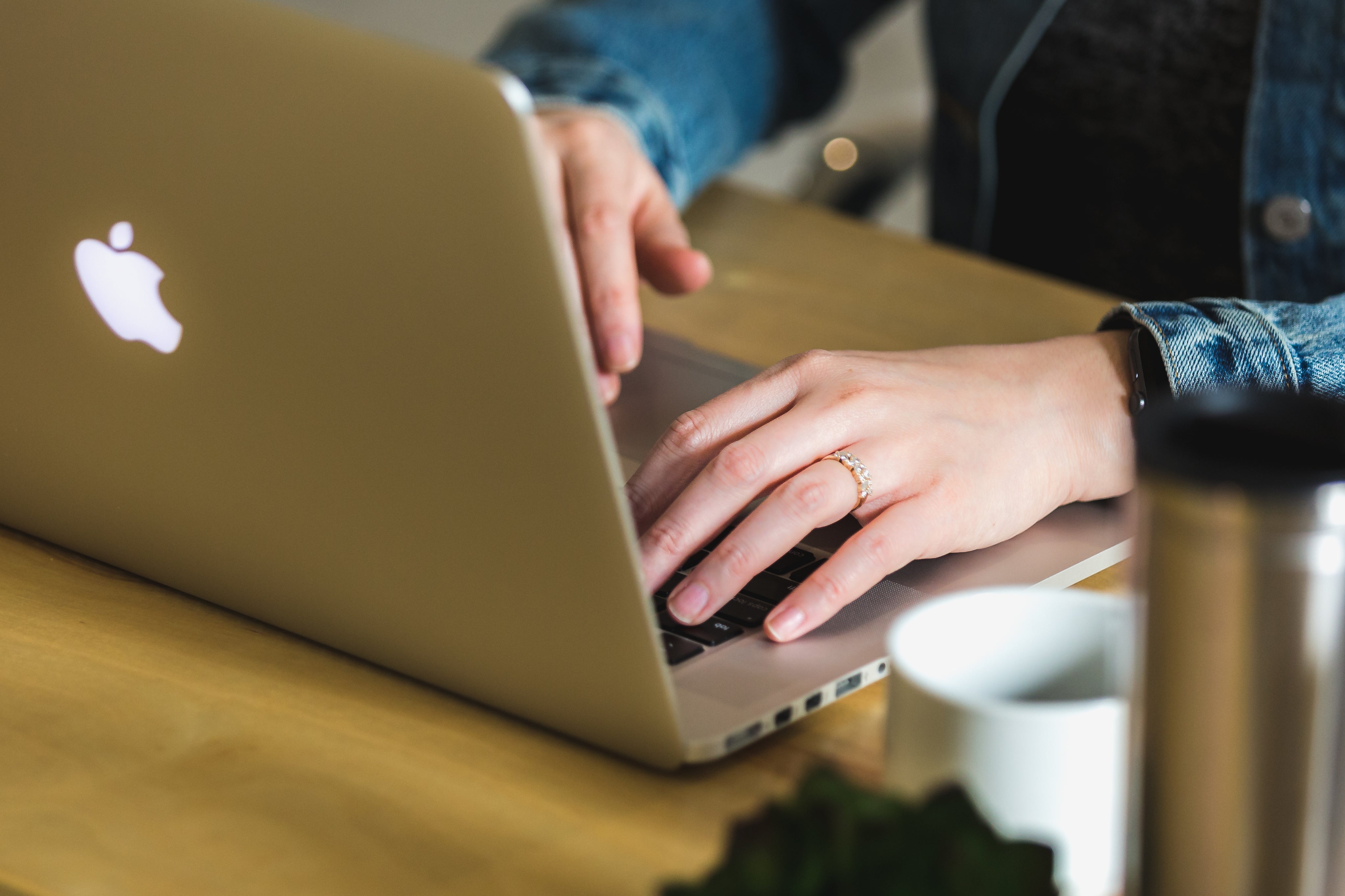The Plastic Problem
‘Our blue planet is facing one of the biggest threats in human history. Trillions of pieces of plastic are choking the very lifeblood of our earth’ - Drowning in Plastic, BBC
Did you know that the National Waste Report 2018 concluded that only 12% of Australia’s plastics were recovered for recycling? This means that of all the plastics used, 88% went straight to landfill where it will take about 450 years to degrade. Pretty shocking.
But it gets worse: what happens to that 12% that makes it to the recycling plant? Does it all become new products in Australia? Can it all be recycled together in one big easy pot? Sadly not.
Problem 1 is that someone needs to buy the stuff and use it to make something else. That 'someone' used to be China, who were buying 35% of our recyclable plastics; but in Dec 2017 they stopped.
Problem 2 is that plastic comes in so many different forms, and each type must be sorted and recycled with only its specific type; you can't just chuck them all in together. The carton your strawberries come in probably can't be recycled with the carton your mushrooms came in, for example. You can tell they are different by seeing how easy or hard it is to crinkle. This makes plastic recycling difficult and expensive.
Problem 3 is that there isn't enough local demand for recycled plastic, partly because making virgin plastic is cheaper than buying recycled plastic. According to the waste report, "40.1% of recovered plastic scrap is processed locally and then used by local manufacturers in new products, 10.1% is processed locally and then sold to export markets, and 49.8% of collected scrap plastics is exported directly overseas without any local reprocessing being undertaken."
I.e. half of that 12% 'recycled' plastic gets shipped abroad somewhere for reprocessing and we lose track of it. Burnt illegally in south east Asia perhaps. Dumped somewhere, flowing down a river and ending up in the ocean perhaps. Who knows?
Scary fact: Almost every piece of plastic ever made, still exists today.
It's not all doom and gloom however. The Australian government produced a report called the 'National Waste Policy Action Plan 2019' where they have committed to a ban on export of waste plastic starting in the second half of 2020; along with a raft of other initiatives aimed at creatively addressing our waste problems locally, to better the environment.
So let's help them by reducing our plastic consumption, and supporting products that use recycled Australian plastic. Together, step by step, we can move toward a zero waste economy.
There are so many ways we can do our bit to reduce plastic waste: shopping at farmers markets, using keep cups, bamboo toothbrushes... every small habit changed will add up in the long run. And we at Honua Bars are here to help you every step of the way.
'Plastic that is designed effectively, used correctly, recycled reliably, and remanufactured creatively, can stay in the economy almost indefinitely, with little environmental impact' - Scott Morrison, National Plastics Summit 02 March 2020
Further Reading:
Shearwater chicks on Lord Howe Island: https://www.bbc.com/news/science-environment-44579422
https://www.sas.org.uk/our-work/plastic-pollution/plastic-pollution-facts-figures/
https://www.nationalgeographic.com/environment/habitats/plastic-pollution/
https://www.wwf.org.au/get-involved/plastics#gs.bpbe9k
https://www.marineconservation.org.au/ocean-plastic-pollution/

